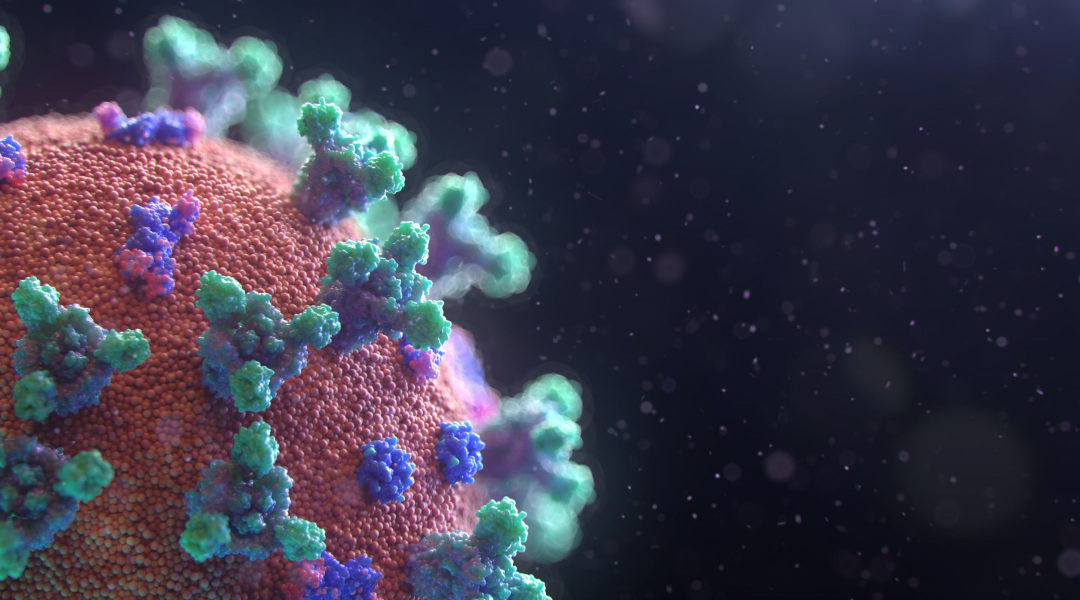The long-term symptoms of COVID now also include loss of hair, sexual interest and the ability of some men to achieve an erection.
Researchers analyzing health data from about 2.4 million patients in the United Kingdom found COVID patients reported 62 symptoms more frequently 12 weeks after the infection than those who did not report infections. Researchers studied 486,149 people with prior infection, against 1.9 million people with no reported infection.
Researchers also discovered demographic groups that are at greater risk of infection, depending on their sex and ethnicity.
Broad Long COVID Symptoms Reported
The study divided a broad list of Long COVID symptoms reported into three categories: respiratory symptoms, mental health and cognitive, and then a broader range of symptoms. The most common are the loss of the sense of smell, shortness of breath, chest pain and fever. Perhaps the most well known Long COVID symptoms are persistent fatigue and brain fog.
But other common symptoms discovered were not widely known, including erectile dysfunction, loss of libido, hair loss and sneezing. Other surprising symptoms include amnesia, apraxia (inability to perform familiar movements), loss of bowel control, hallucinations and limb swelling,
“This research validates what patients have been telling clinicians and policymakers throughout the pandemic, that the symptoms of Long COVID are extremely broad and cannot be fully accounted for by other factors such as lifestyle risk factors or chronic health conditions,” said Dr Shamil Haroon, Associate Clinical Professor in Public Health at the University of Birmingham, the senior author on the study.
Groups Most At Risk
The study also analyzed demographic data to identify groups most at risk of developing long COVID, including women and young people, especially those who are black, mixed race or from another ethnic group. Other high-risk groups include smokers, overweight people, and those with other health conditions.
Long COVID has been described as a “pandemic within the pandemic,” with studies suggesting as many as 40% of those infected with COVID-19 could develop persistent symptoms long after the initial illness. According to the U.S. Centers for Disease Control and Prevention, nearly one in five U.S. adults who have had COVID-19 still have long COVID.

